Expectations are firmly set for BoE to keep interest rate unchanged at 5.25% today, marking the fourth consecutive session without a change. Several crucial factors could inject volatility into the financial markets, including the vote split, updated economic projections, and guidance.
A critical aspect to watch is the voting pattern among the MPC’s nine members. It is unlikely that any member will advocate for an interest rate hike. The central question is whether any members, like known dove Swati Dhingra, will begin to vote for a rate cut.
Another key area of interest lies in the revised economic forecasts. Given recent economic developments, it’s plausible that the growth forecasts may see a notable upgrade, while the near-term inflation outlook could be revised downwards. These changes would come with a lowered condition rate path.
The meeting is also expected to see BoE finally dropping its tightening bias, aligning with the broader global central banking trend. However, BoE would likely try to temper any enthusiasm for imminent rate cuts by emphasizing the necessity of maintaining higher interest rates “for longer.” The central bank would require more evidence of wage growth deceleration before feeling confident enough to reduce rates.
There is a divergence of opinions among economists regarding the timing of the first rate cut, with general consensus fluctuates between May and August of this year. Currently, August is the more probable scenario for the initial cut. However, if today’s meeting leans more dovishly than anticipated, it could tilt the scales in favor of a May cut.
With today’s strong bounce, GBP/AUD’s sideway consolidation from 1.9415 appears to have completed at 1.9181 already. Rise from 1.8584 is probably ready to resume. Firm break of 1.9415 will confirm this bullish case. Nevertheless, break of 1.9181 support will dampen this view and mix up the outlook.
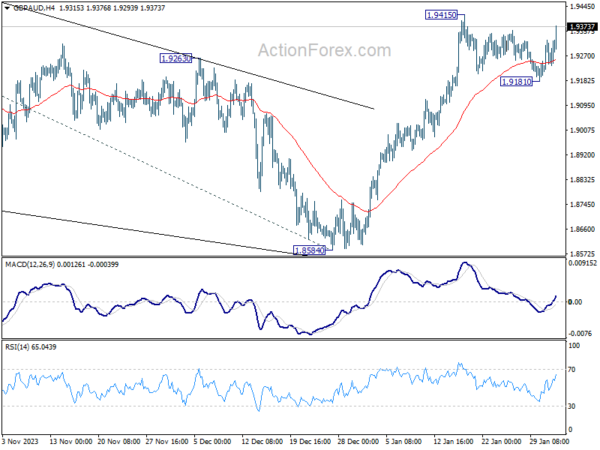
In the bigger picture, corrective pattern from 1.9967 (2023 high) should have completed with three waves down to 1.8584 already. Rise from from there is resuming the long term up trend. Next target is 1.9967 high, with prospect of hitting 61.8% projection of 1.7218 to 1.9967 from 1.8584 at 2.0283.
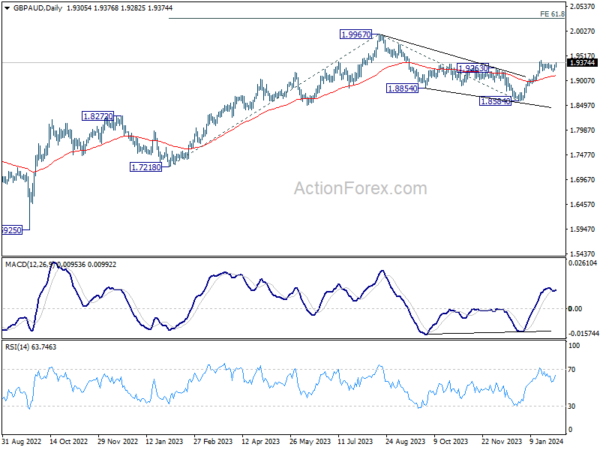
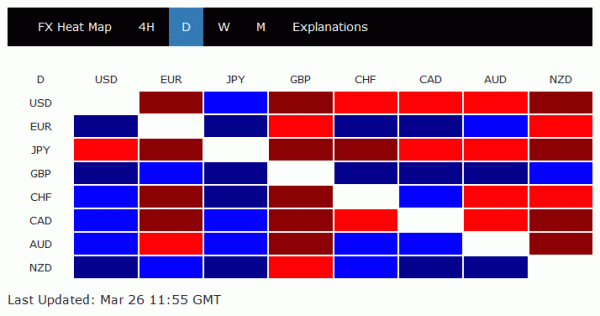 Euro and Sterling both showing extra strength entering into US session. Both EUR/USD and GBP/USD surges through last week’s high.
Euro and Sterling both showing extra strength entering into US session. Both EUR/USD and GBP/USD surges through last week’s high.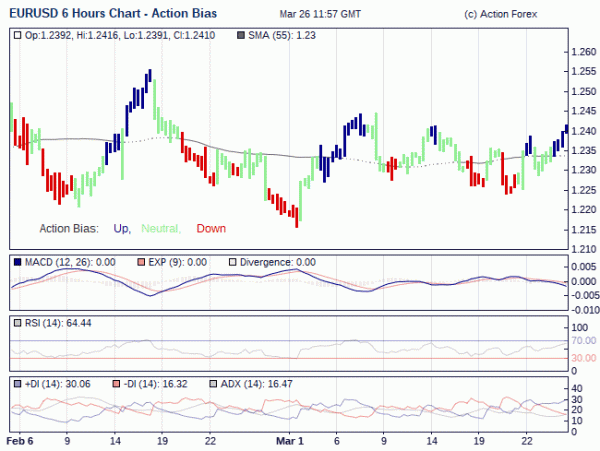
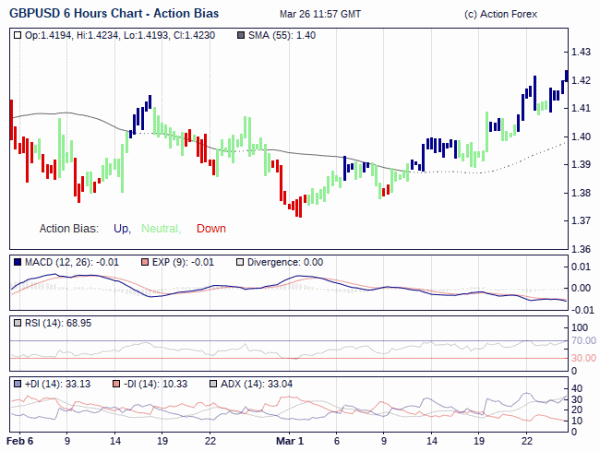 Meanwhile, for now, both NZD/JPY and GBP/JPY are having more than 1% gain for today.
Meanwhile, for now, both NZD/JPY and GBP/JPY are having more than 1% gain for today.



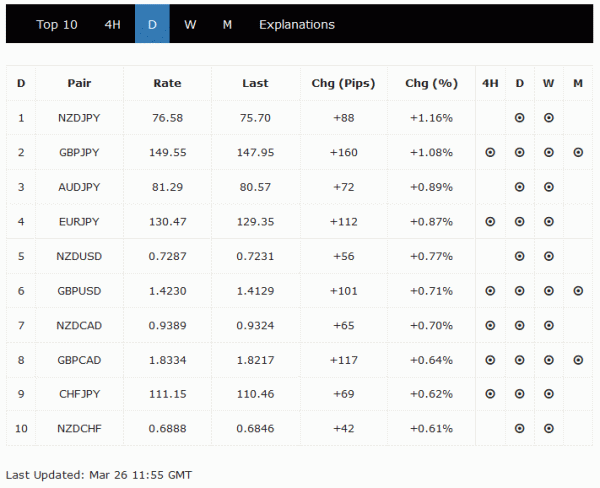
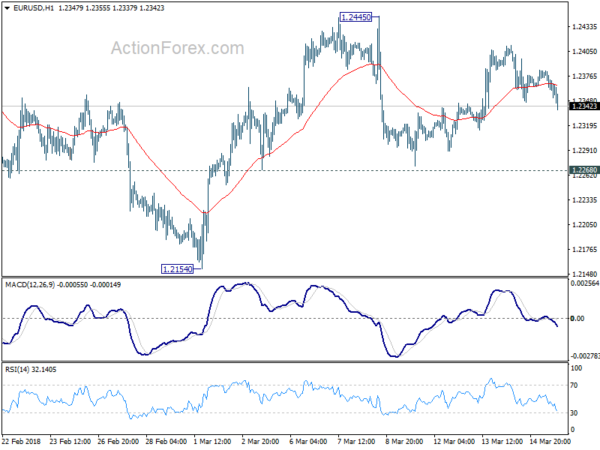
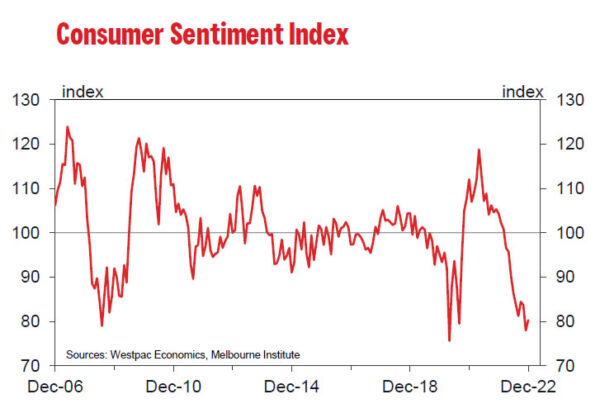
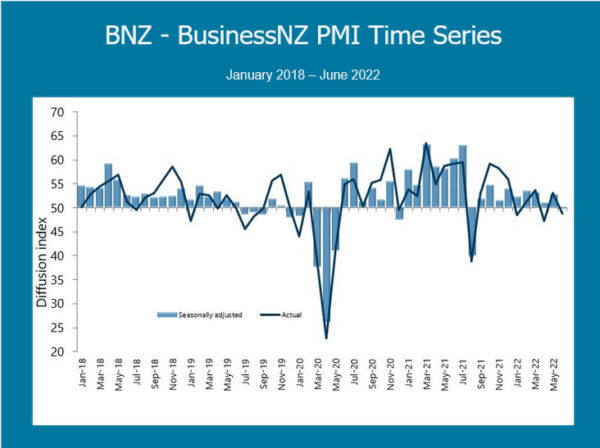
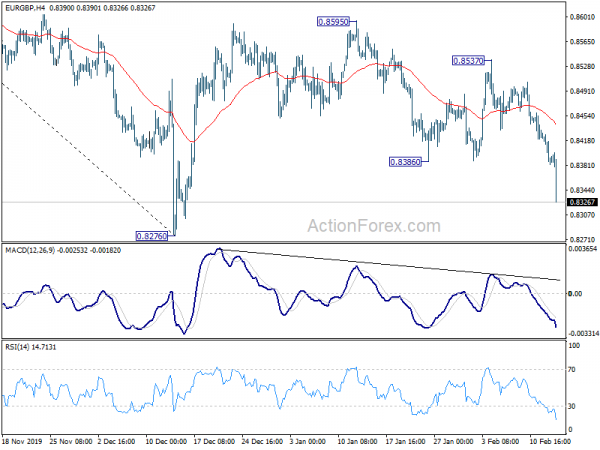


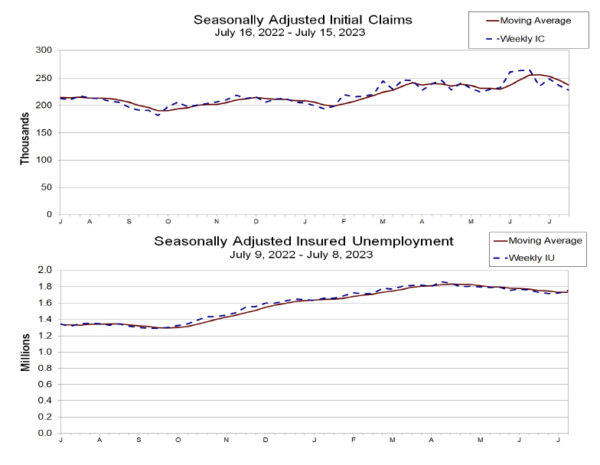
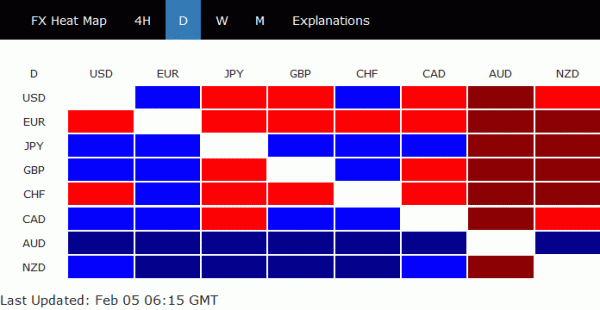

Australia unemployment rate dropped to 4.6%, people falling out of the labour force
Australia employment grew 2.2k in July, better than expectation of -45.0k contraction. Full-time jobs dropped -4.2k while part-time jobs rose 6.4k. Unemployment rate dropped -0.3% to 4.6%, which was already -0.6% lower than than 5.1% level at the start of the pandemic in March 2020. However, participation rate dropped by -0.2% to 66.0% at the same time.
Bjorn Jarvis, head of labour statistics at the ABS, said: “Early in the pandemic we saw large falls in participation, which we have again seen in recent lockdowns. Beyond people losing their jobs, we have also seen unemployed people drop out of the labour force,”
“In Victoria, we saw unemployment fall by 19,000 people in July 2020, during the second wave lockdown, and by 13,000 in the June 2021 lockdown. The fall in unemployment in New South Wales in July 2021 was more pronounced than either of these, falling by 27,000 people.”
“In each of these instances, the unemployment rate also fell. Falls in unemployment and the unemployment rate may be counter-intuitive, given they have coincided with falls in employment and hours, but reflect the limited ability for people to actively look for work and be available for work during lockdowns. This means that people are falling out of the labour force.”
Full release here.